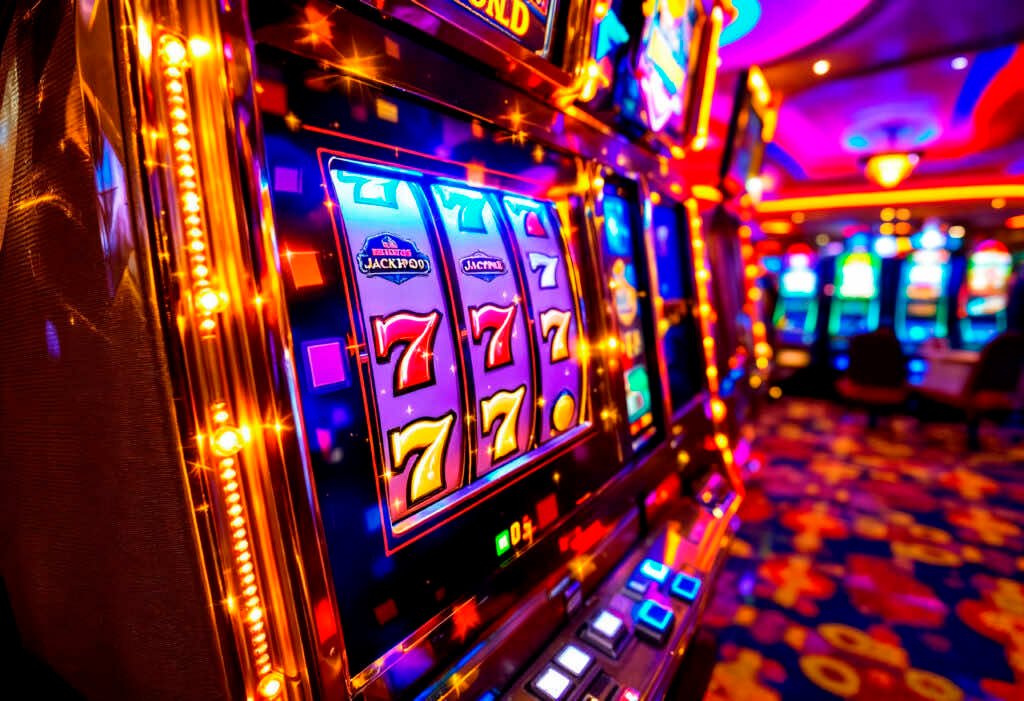
From the neon-tinged casinos of Las Vegas to the roulette tables of Monte Carlo, every spin, deal and spin of the slot reels hides a simple truth: the odds are designed to favour the house. Yet the concept of “house edge” is more than a statistical footnote it underpins the economics of every casino, shapes the psychology of every gambler and drives an industry worth over £200 billion worldwide. By unpacking how this mathematical advantage is engineered, supported by psychological tactics and bolstered by diversified revenue streams, we can understand why casinos almost always come out ahead and why players should play with their eyes wide open.
Understanding the house edge
At its core, the house edge is the average percentage of each bet that a casino expects to retain over the long run. While individual players may hit lucky streaks claiming a jackpot on slots or beating the dealer at blackjack statistical law reasserts itself across millions of bets. For example, American roulette carries a house edge of 5.26%, driven by the two green pockets (0 and 00) on a wheel of 38 numbers; every spin subtly chips away at player wagers so that, over time, the casino locks in profit. Most traditional casinos and regulated platforms operate on this model, where the odds are carefully tilted in the house’s favour. However, a growing number of slot sites not covered by GamStop have gained popularity for offering more flexible gameplay experiences, often perceived by players as being less restrictive and more transparent in their payout structures not designed to take advantage of the player. By expressing odds and payouts slightly below true probability, game designers ensure that the more bets placed, the more inevitable the house’s advantage becomes.
Game design and payout structures
Casinos meticulously calibrate each game’s rules and rewards to sustain the house edge. In blackjack, a player employing perfect basic strategy can reduce the edge to as low as 0.5%, but missteps such as accepting an insurance bet or deviating from strategy charts can raise it above 2%. Slot machines, seemingly random, are programmed with return-to-player (RTP) ratios often ranging from 85 to 98%; the variance in RTP settings across machines ensures high volatility, encouraging continuous play. Even skill-based games like poker embed a rake or commission, allowing the house to profit irrespective of who wins.
The human factor
Mathematics alone would not guarantee billions in annual revenue; casinos harness powerful psychological levers to keep players locked in. The absence of clocks and windows fosters a timeless environment where hours slip by unnoticed. Near-miss displays on slot machines showing two matching symbols and one just off trigger a dopamine rush more potent than outright losses, spurring gamblers to chase a perceived “almost-win.” Complimentary drinks, loyalty points and tiered membership programmes cultivate a sense of belonging and reward, nudging players to extend their sessions. Even lighting and layout are carefully orchestrated: high-margin tables often sit at the heart of the floor under softer lights and pulsing music, while exits are subtly obscured by winding gaming zones.
Diversified revenue streams
While the house edge on bets provides the core profit engine, casinos supplement this with ancillary revenue that further tilts the scales. Hotel stays, fine dining, bars and spas generate significant income often with margins even higher than gaming tables. Convention hosting and entertainment shows transform the casino into an all‑weather destination, encouraging guests to spend on non‑gaming services. In integrated resorts from Macau to Singapore, shopping arcades and branded experiences drive customer footfall, reinforcing the casino’s ecosystem. This diversification not only smooths revenue volatility inherent in gaming but also entangles players more deeply in the resort environment, increasing their total outlay.
Managing risk and volatility
Casinos, like any business, must balance profit maximisation with risk management. The law of large numbers guarantees that, given enough spins or hands, actual returns converge on expected values. Yet short‑term swings can be dramatic a slot jackpot can pay out millions in a single moment. To mitigate this, casinos maintain robust financial reserves and reinsurance arrangements. They also use predictive analytics to forecast revenue patterns, adjusting staffing and promotional offers dynamically. By monitoring gaming floors in real time, operations managers can detect anomalies such as a high‑value bet streak and intervene by tweaking machine settings or offering targeted rewards to balance the floor’s financial performance.
Conclusion
Behind the bright lights and ringing bells lies a tightly woven economic model: the house edge ensures that, over time, casinos prevail. Psychology keeps players engaged and diversified services amplify revenue. While short‑term wins can exhilarate, the underlying math and business strategies remind us that the true winners are often the houses themselves. By illuminating these mechanisms, we equip both players and operators with the insight needed to navigate the complex world of modern gambling where every spin, card draw and roll of the dice happens in a carefully engineered landscape of advantage.
